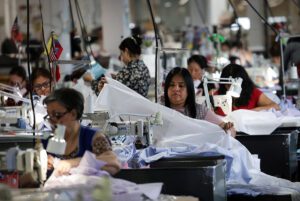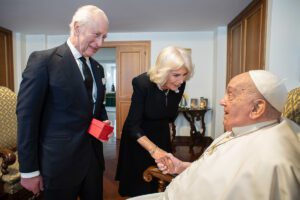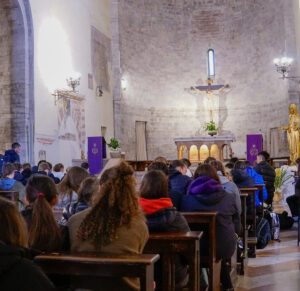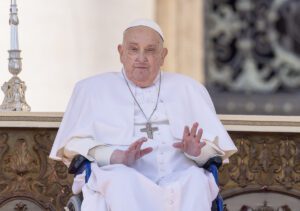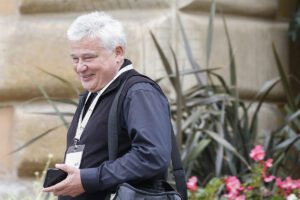 SCRANTON (April 11, 2025) – The Diocese of Scranton is proud to announce the results of its fourth annual Rectory, Set, Cook! competition – and this year’s event was one for the record books.
SCRANTON (April 11, 2025) – The Diocese of Scranton is proud to announce the results of its fourth annual Rectory, Set, Cook! competition – and this year’s event was one for the record books.
Between March 4 and April 10, the popular fundraising competition brought together 32 priests from across the Diocese of Scranton in a spirited battle for culinary glory – all in support of anti- hunger and anti-homelessness initiatives through Catholic Social Services.
In a thrilling finale that came down to the wire, with last-minute donations tipping the scales, this year’s event raised $227,162, setting a record amount raised in the competition’s history.
“This year’s Rectory, Set, Cook! was the most exciting yet,” event director Sandra Snyder said. “I love this project because it really unites people and priests in such a special – and fun – way. It’s so inspiring to see so many pastor chefs willing to put themselves out there like this for the greater good.”
This year’s competition came down to the very last minute and a single time-stamped donation at 4:59 p.m. that made the difference between first and second place.
“While the competition is all in good fun, the real winners are the people whose lives will benefit from the outpouring of generosity that we see from the community,” Snyder added.
At the close of the competition at 5 p.m. on April 10, 2025, the following six teams had raised the most money and have been named the “2025 Top Chefs.”
1. Father Shawn Simchock, Administrator Pro Tem, Saint Ann Parish, Williamsport
Total Raised: $35,301.75 Recipe: Easter Pizza
2. Father Jim Paisley, Pastor, Saint Ann Basilica Parish, Scranton
Total Raised: $35,218.31
Recipe: Potat De Denad (Potatoes and Pork)
3. Monsignor Jack Bendik & Father Ken Seegar, from Villa Saint Joseph, Dunmore
Total Raised: $21,169.89
Recipe: Seafood Pierogies, Apple Pierogies & Mama Bendik’s Homemade Applesauce
4. Father Michael Drevitch & Monsignor John Sempa, Corpus Christi, West Pittston (also featuring Cheryl Sempa Radkiewicz, Julia Carsia, Connor Giambra and Christopher Giambra)
Total Raised: $13,000.85
Recipe: “Can’t Leave Alone Bars” & Msgr. Sempa’s world-famous Pineapple Jell-O
5. Father Jack Lambert, Pastor, Saints Peter and Paul Parish, Plains (also featuring Gary Lambert Jr., Nora Lambert and Anna Lambert) Total Raised: $12,124.44
Recipe: Chicken Parmigiana with angel-hair pasta
6. Father Michael Boris, Assistant Pastor, Our Lady of the Snows Parish, Clarks Summit, and Saint Gregory Parish, Clarks Green (also featuring Father John Lapera and a team of teaching parishioners/colleagues)
Total Raised: $11,076.44
Recipe: Pasta with pesto sauce, pizza, and ice cream
“I believe Rectory, Set, Cook! embodies the true meaning of the Lenten season. Our faith calls us to prayer, fasting, and almsgiving and what better way to do our almsgiving during Lent than through this event,” Father Simchock said. “Not only are we feeding the hungry and sheltering the homeless, but we are also helping out our parishes that need money to get projects done around the parish.”
“In spite of all that is going on with our economy these days, there was not a single person approached who did not gladly and generously make a donation to this year’s Rectory, Set, Cook! campaign,” Father Paisley added. “I could not be more grateful to the 255 donors who helped me reach and surpass a personal goal of $100,000 raised since the inception of Rectory, Set, Cook! May God bless all who contributed to this fight against hunger and homelessness.”
In its inaugural year, 2022, Rectory, Set, Cook! brought in $171,747. In 2023, the online culinary competition raised a total of $197,412 and in 2024 it raised $218,001.
A number of community businesses help to sponsor Rectory, Set, Cook!, including the program’s presenting sponsor, Hawk Family Foundation. All sponsorship dollars raised stay directly with
Catholic Social Services to benefit area kitchens, food and clothing pantries, and emergency shelters.
Catholic Social Services will use the money raised to respond to an increasing need for services in the community.
“In January, we officially opened our new, permanent home for Mother Teresa’s Haven in the city of Wilkes-Barre. After years of planning and months of construction, we are now serving our brothers in need every night in a new, modern facility, and better coordinating services with Saint Vincent de Paul Kitchen, which is now directly below the shelter,” Joe Mahoney,
Chief Executive Officer of Catholic Social Services, explained. “We are so thankful for the tremendous support of everyone who donated to this year’s competition because the funding allows us to continue serving our local communities in many different and varied ways.”
We invite you to check out videos of all three years of Rectory, Set, Cook! by clicking on one of the links listed below. Once again, we’d like to thank all our generous donors who helped us fight hunger and homelessness in 2024. Stay tuned for news on our 2025 campaign!

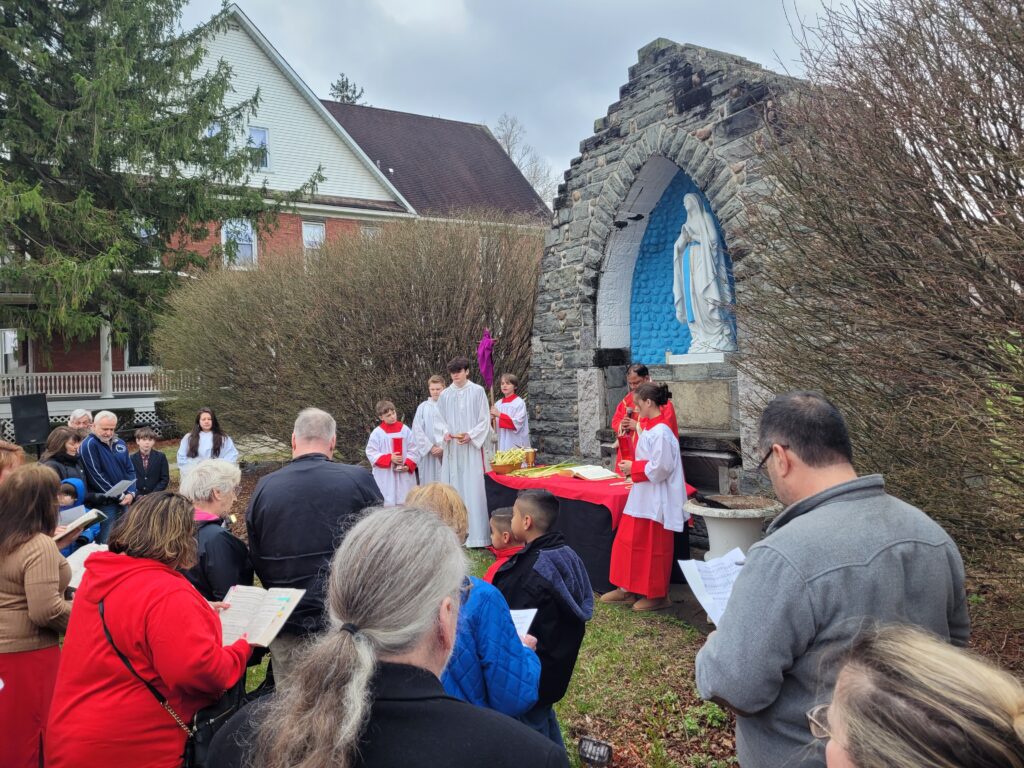 Parishioners from SS. Peter & Paul Catholic Church in Towanda processed on Palm Sunday, April 13, carrying palms from the Grotto of Our Blessed Mother to the Church.
Parishioners from SS. Peter & Paul Catholic Church in Towanda processed on Palm Sunday, April 13, carrying palms from the Grotto of Our Blessed Mother to the Church. 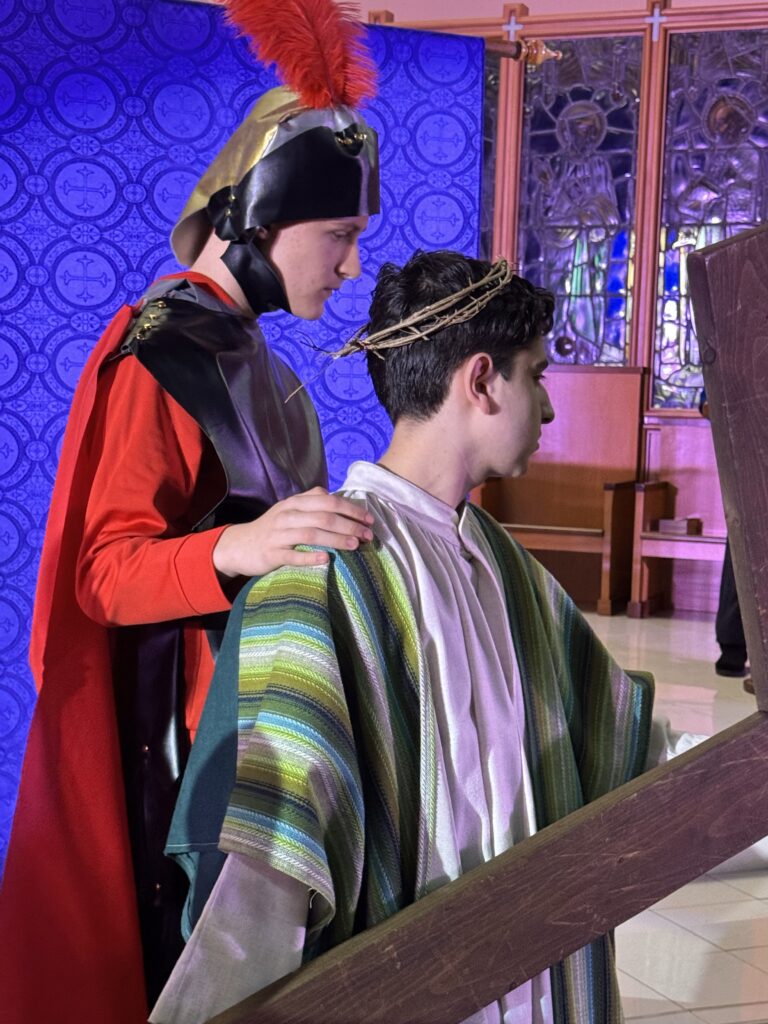
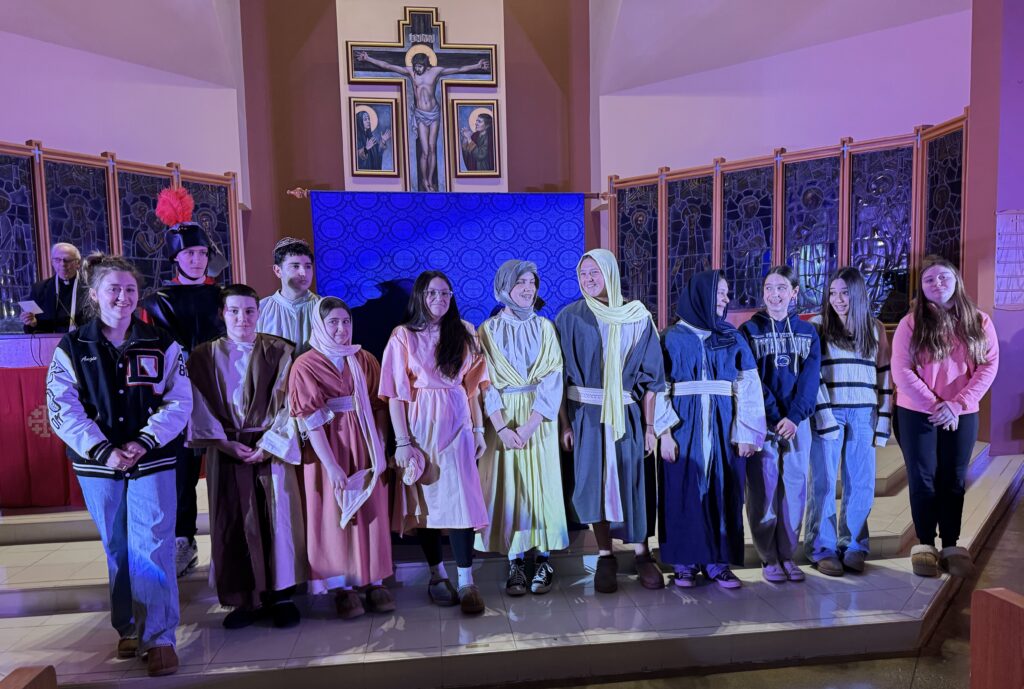 costumes for the presentation, with lighting provided by Kevin Riker of Riker Services, assisted by catechist Charles Kratochwill. Micah Sweeney, known for his popular radio dramas, was production consultant. Accompanying music was provided by the Music Ministry under the direction of Rich Gherardi.
costumes for the presentation, with lighting provided by Kevin Riker of Riker Services, assisted by catechist Charles Kratochwill. Micah Sweeney, known for his popular radio dramas, was production consultant. Accompanying music was provided by the Music Ministry under the direction of Rich Gherardi.